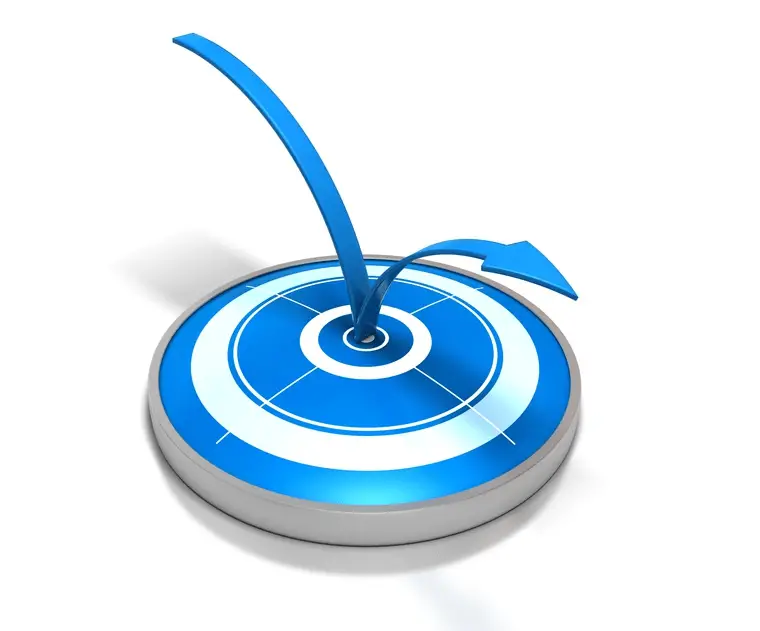Click here to get this post in PDF
This article contains affiliate links. For more info, see disclosure.
What is bounce rate?
Bounce rate describes a user ‘bounce’: the process of a viewer failing to navigate further through your website after clicking a hyperlink. Instead, they select the back button or close the web page.
A bounce often means minimal user interaction and no conversions, which isn’t great for a business. You want people browsing your goods, following product and menu tags deeper into your site’s architecture.
The lower your bounce rate, the better your website is performing and the more likely you are to convert. If you have a high bounce rate, it means people are immediately leaving your website without placing orders. Time for some fine-tuning.
How Do You Determine Your Bounce Rate?
The easiest way to determine the bounce rate is by using the Google Analytics tool.
Sign up your website if you haven’t already, then search for the bounce rate under ‘website overview’. You should see a little image like this, next to a few other metrics:
And there it is. That is your bounce rate: the percentage of people ‘bouncing’ after just one view.
In this example, we have a bounce rate of 61%. Is that good, bad, or average?
A good bounce rate is anywhere between 25% and 40%. Lower than 25% and you are likely seeing incorrect data — that or your website is the best on the internet. More average bounce rates range between 40% and 70%. When you start edging above 70%, you could be in real trouble.
Obviously, though, we want our bounce rates to be as low as possible. So how do we reduce the numbers?
How to Lower Your Bounce Rate
Many factors determine a bounce rate, meaning it varies from website to website, business to business. It isn’t just some arbitrary number you have no power over.
Bounce rate is all about user experience. You can improve your bounce rate if you can improve specific aspects of user experience.
- Avoid Irrelevant or Misleading Backlinks and Keywords: Here is a tempting idea. You want lots of people to visit your website and buy your products, but nobody clicks your Facebook ads. So, instead of using your normal tactic, you put in an irrelevant clickbait advert that is guaranteed to get people tapping away, like ‘free puppies here’. Once they arrive on your website, though, they realise there are no free puppies to be had and immediately leave. This is an extreme example, but you get the point. Backlinks that are off-brand and off-topic mean that your visitor will be confused and uninterested in your website. Using only on-topic backlinks and keywords might mean your traffic is lower overall, but it will improve bounce rate and increase conversion opportunities.
- Invest in Clear and Modern Website Design: Nobody likes a jumbled mess. A user clicking on your site wants instant gratification; they want to know they have come to the right place. Internet users have short attention spans. If they don’t immediately think your site is right for them, they will hit that back button. Make sure your site is clean and clear, with short and concise information that instantly informs the user what you offer. Visuals are a powerful tool here. An old-fashioned or poorly designed website will also lead more people to click away, as it just looks bad. Having an on-point message and a well-designed site means users will be more likely to travel deeper into your website.
- Commit to Fast Website Load Speeds: The average website viewer has a very, very short attention span. Most users will abandon your website if it hasn’t loaded within three seconds. The number of people bouncing only increases as load times go up. Improving website load speed is crucial to business success. There are a number of ways to reduce load speed, from using high-quality website hosting services to more complicated, technical measures.
- Call to Action and Internal Links: Once you’ve got the user on your website, you want to keep them there. To do this, you need to put clickable features right in front of them. If their next move isn’t obvious, they won’t make one. Ensure your site design includes sidebars and suggested products for them to check out. If you are getting views to your business blog, put in a call to action at the bottom with links leading out to related products, services, or other blogs. For example, if you are a fashion retailer and have written a blog on winter trends, include links when any of your products are mentioned and invite users to view your winter range once they’ve finished reading.
- Make Sure They Need to Explore Your Website Further: A person might not necessarily bounce for a negative reason. They might bounce because your website satisfies their query in one page — whether they are looking for information from a blog or the price of a particular product. Give your users a reason to look around your site. Withhold non-essential information or use calls to action to tease more.
You may also like: 3 Ways Businesses Can Grow Using Google and Facebook Ads
About the Author
Chris Danks of Cyber Host Pro, a UK website hosting expert, knows everything there is to know about websites. With over a decade of experience in the industry, Chris’ knowledge in the field is second to none.



[…] You may also like: How to Avoid High Bounce Rate: What is it and Why Should You Care? […]